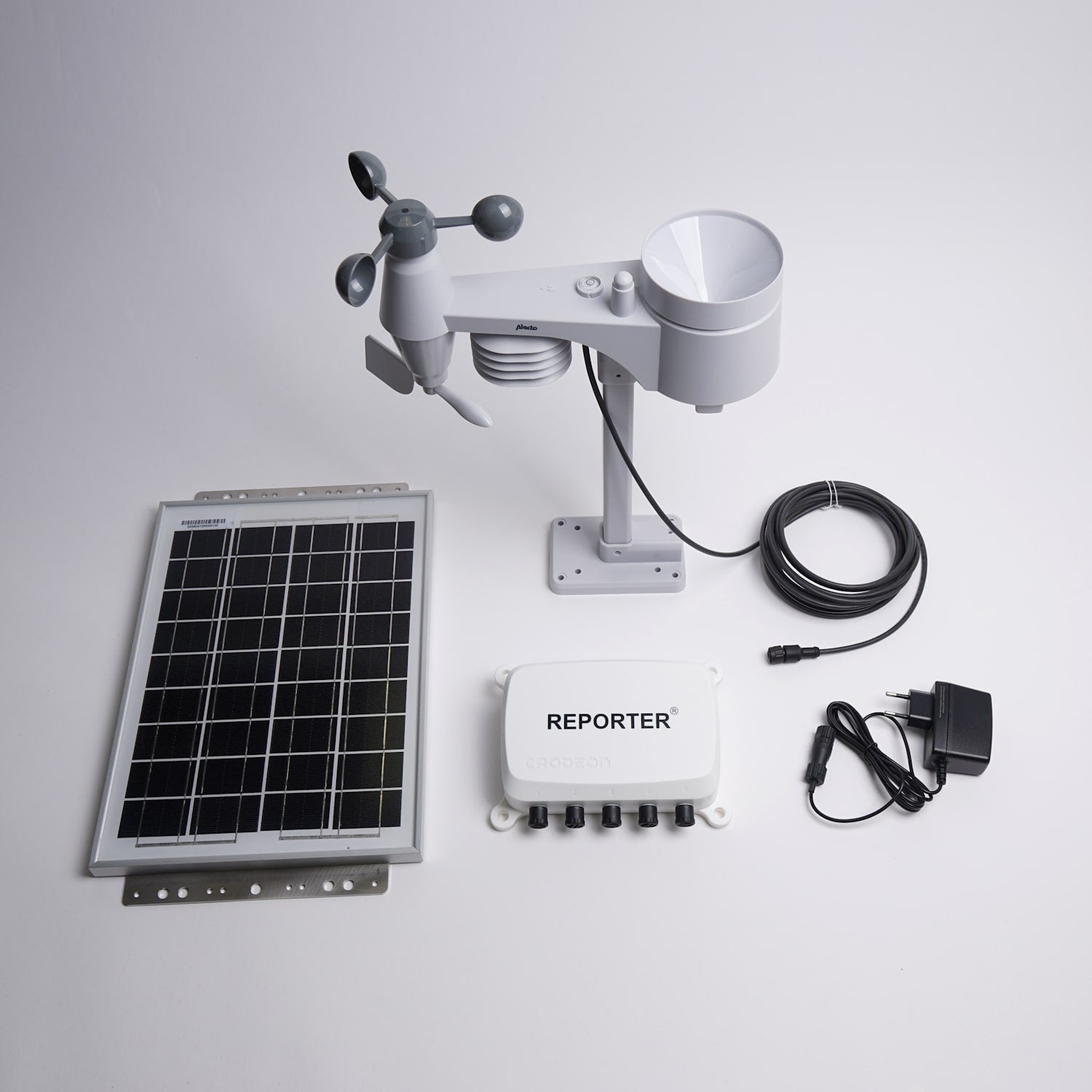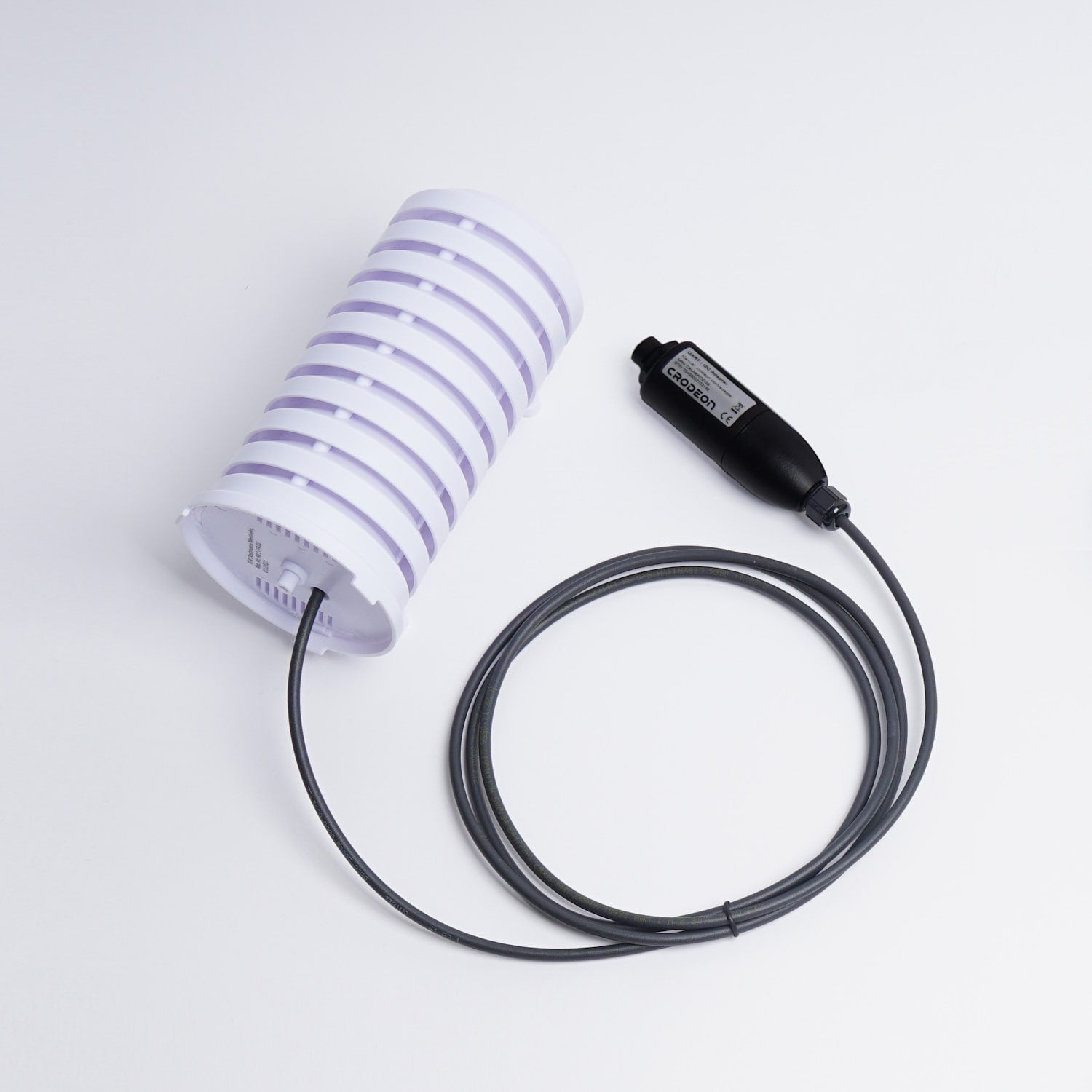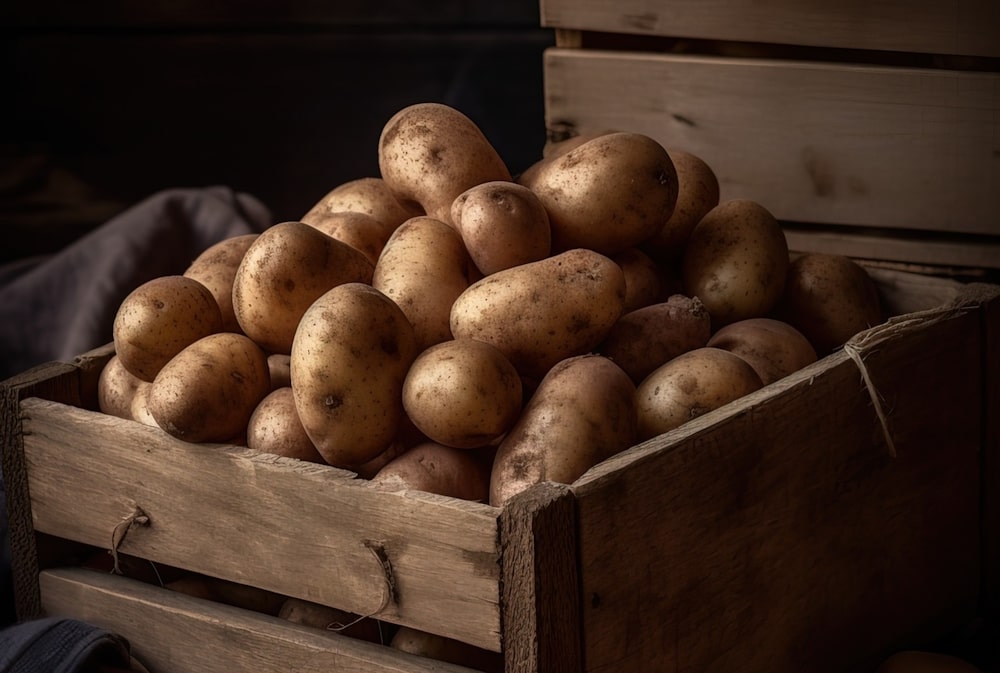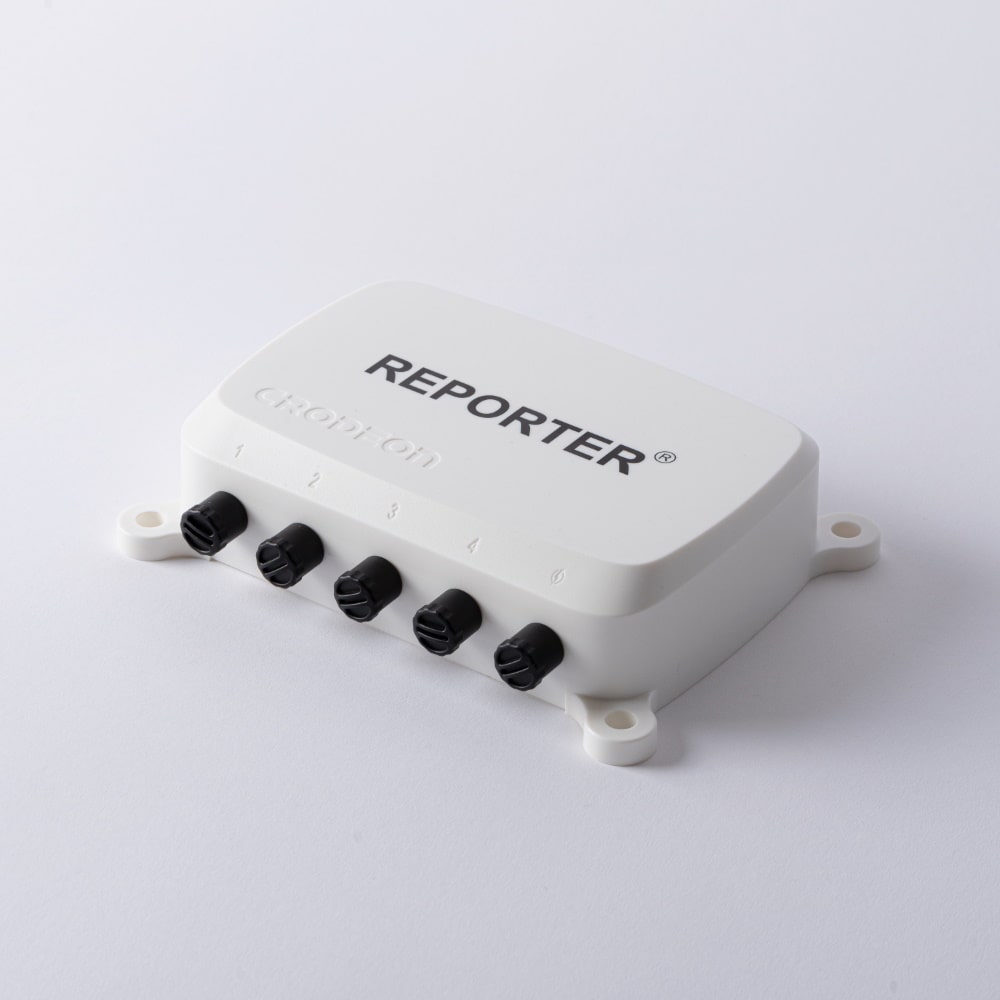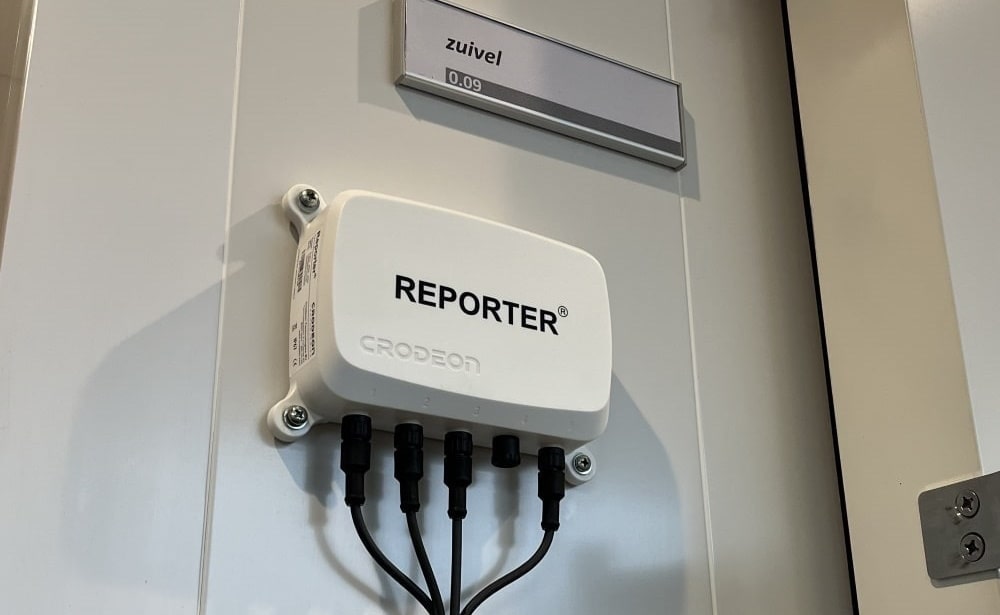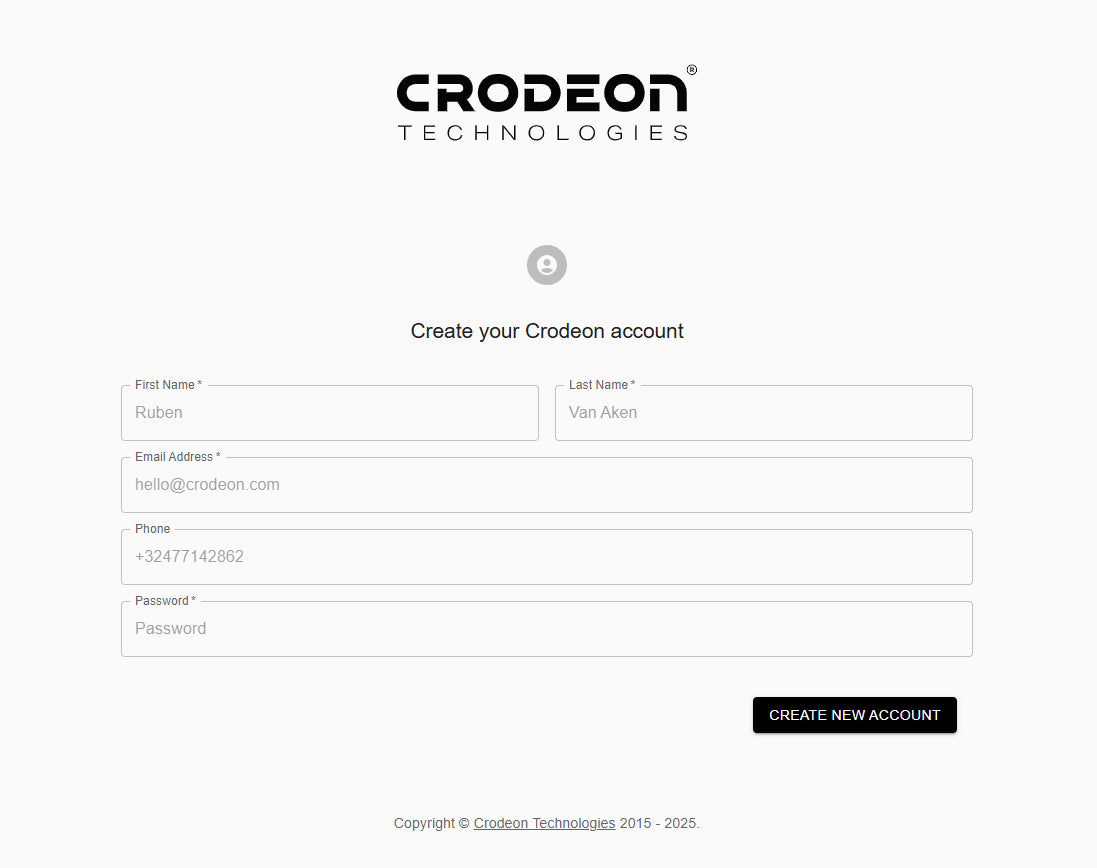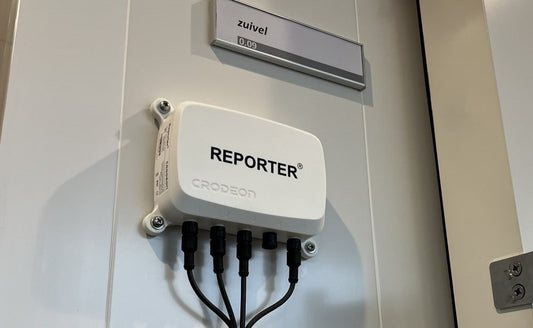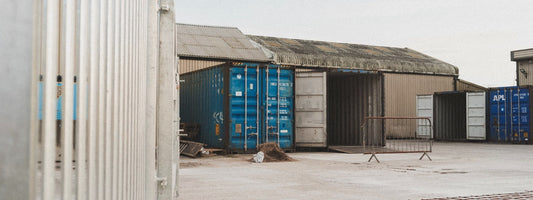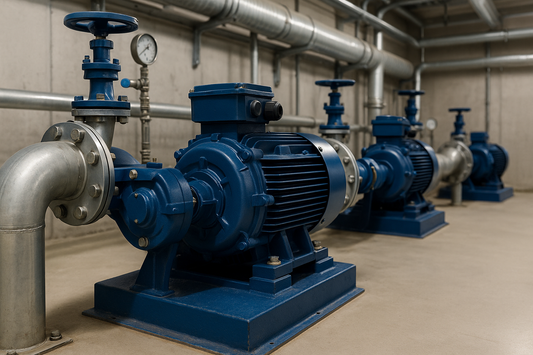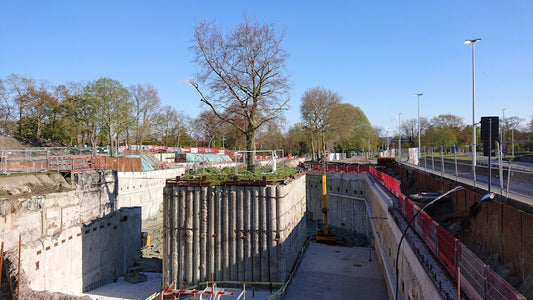Comment Bert obtient la meilleure offre pour ses oignons en utilisant un système de stockage intelligent
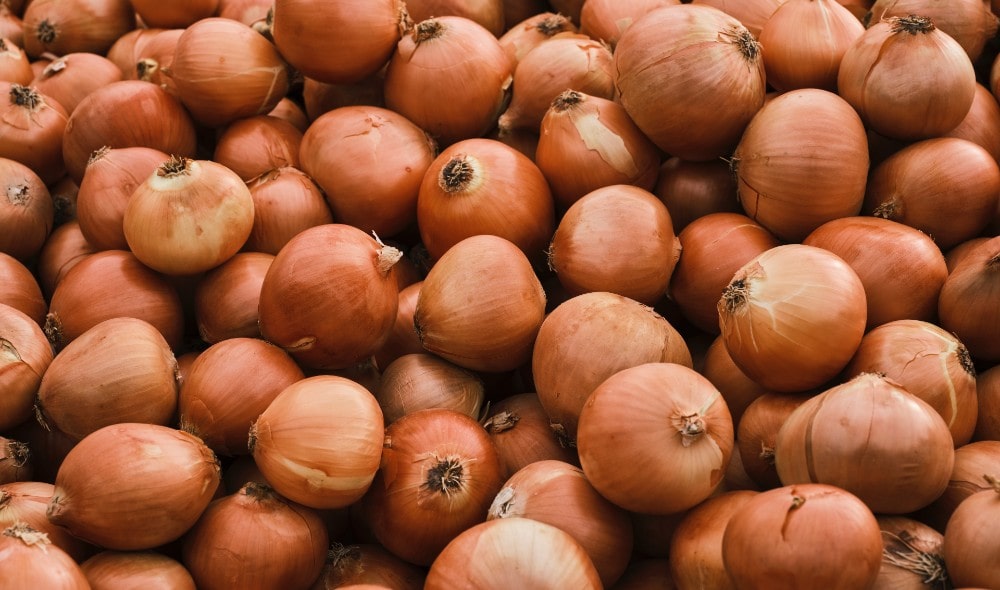
Dans le secteur de l'oignon, les ordinateurs de stockage sont largement utilisés dans les hangars de stockage. Cependant, installer un tel système est coûteux et très compliqué dans un entrepôt existant.
Bert Pauwels de Stabroek (Belgique) a décidé de reproduire lui-même un tel système de surveillance pour son hangar de stockage. Comme il dispose d'une zone de stockage relativement petite et se concentre principalement sur le stockage de courte durée, il ne pensait pas que cela valait la peine d'investir dans un système aussi coûteux.
Pourquoi la surveillance fait économiser plusieurs milliers d'euros par an à Bert
Bert Pauwels cultive des oignons et des pommes de terre. Après la récolte, les légumes doivent être stockés pour qu'ils arrivent frais dans les magasins. Bien sûr, les oignons doivent être stockés de la meilleure façon possible afin que la qualité soit préservée et que Bert puisse obtenir un bon prix pour son produit.
Pour les oignons, il est très important que l'humidité et la température restent constantes. Sinon, la peau se décolore, ce qui rend les oignons moins attrayants. Cela les fait descendre en catégorie, ce qui signifie que le prix que vous pouvez obtenir en tant que producteur diminue également. Bien sûr, vous ne voulez pas cela, car cela signifierait que beaucoup de votre temps et de vos efforts sont gaspillés parce que vous n'obtenez pas le prix espéré.

Comment Bert surveille ses oignons
Bert utilise plusieurs de nos capteurs pour maintenir la qualité de sa récolte et ainsi optimiser son rendement.
À l'extérieur, il utilise une station météo. La station météo combine plusieurs capteurs : direction et vitesse du vent, pluie, température et humidité relative.
Bert utilise la température et l'humidité pour savoir si c'est un bon moment pour laisser entrer de l'air frais dans son hangar à oignons. Il utilise le capteur de pluie pour vérifier si le sol est trop humide pour travailler dans ses champs lorsqu'il est temps de labourer ou de traiter la culture. À son tour, il utilise le capteur de vent pour calculer la manière de positionner le dérouleur d'irrigation pour arroser ses plantes.
À l'intérieur, Bert utilise un capteur de température et d'humidité pour surveiller avec précision son hangar à oignons. En fait, ce n'est pas vraiment la pièce, mais principalement le tas d'oignons lui-même qu'il surveille. En effet, Bert mesure directement au milieu de son tas d'oignons. Les oignons doivent être stockés à une température de 2-3°C et nécessitent une humidité allant jusqu'à 60%.
"Un tas d'oignons repose sur un sol à claire-voie et mesure 4 à 4,5 m de haut. J'ai monté le capteur sur une sonde de 2 m de long, un tube métallique avec une pointe affûtée. Je l'insère dans le tas pour mesurer l'état des oignons au centre du tas." Il ajoute que bien sûr certains oignons sont transpercés, mais ce nombre est négligeable.

 Bert conserve également ses pommes de terre en insérant un capteur d'humidité relative au milieu du tas.
Bert conserve également ses pommes de terre en insérant un capteur d'humidité relative au milieu du tas.
Bert ventile son hangar à oignons en surveillant la température et l'humidité extérieures (grâce à la station météo). Si l'air extérieur est plus froid et moins humide que celui du hangar, il le laisse entrer. Surtout pendant les journées d'hiver froides, il est important de ne pas laisser ses oignons geler. Il utilise les paramètres d'alarme de Reporter pour recevoir une notification d'alerte lorsque la température dans le hangar menace de devenir trop froide.
Il nous raconte que l'air froid est aussi sec et déshydratant. Pour contrôler la ventilation, Bert utilise le module de commande relais. Cela lui permet d'ouvrir ou de fermer les vannes d'entrée et de sortie de sa ventilation d'une simple pression sur un bouton. Si l'air extérieur ne répond pas aux exigences de conservation, Bert fait recirculer l'air intérieur. Il renvoie alors l'air chaud du haut du hangar vers le bas. Cet air est soufflé sous le sol à claire-voie et remonte ainsi le long du tas d'oignons.
"Plus l'humidité est faible parmi les oignons, mieux c'est, mais généralement elle descend à 50-60%. Il faut absolument faire attention à ne pas trop ventiler car vous évacuez également l'humidité de vos oignons. De cette façon, vous ruinez votre propre rendement. Vous pouvez littéralement le voir s'évaporer". Bert nous a dit qu'il avait déjà testé cela. Il avait placé un sac de 25 kg d'oignons au milieu du tas, après quelques mois, le sac ne pesait plus que 23 kg. Une diminution de 8%. Il s'avère donc que la sur-ventilation a des conséquences désastreuses pour les producteurs d'oignons qui sont payés au kg.

Augmenter le rendement grâce à un système de surveillance à distance
C'est un équilibre fragile que Bert doit maintenir, mais il y parvient toujours. Trop humide entraîne des oignons décolorés qui perdent de la valeur. Trop sec entraîne le dessèchement des oignons, et oui, moins de kg = moins d'argent.
Bert a encore une fois démontré son expertise dans le stockage des oignons lorsqu'il a installé Reporter et les capteurs à son goût. Sans avoir à faire de réglages compliqués ou à avoir des connaissances en électricité ou en programmation. Cela prouve une fois de plus à quel point Reporter est vraiment facile et polyvalent.
Le plus agréable avec Reporter, c'est qu'une fois tout installé (ce qui se fait d'ailleurs très facilement), vous pouvez surveiller votre hangar 24h/24 et 7j/7. Même si vous êtes à l'autre bout du monde. Reporter envoie des mesures dans le cloud (Crodeon Dashboard) jusqu'à toutes les trente secondes, où vous pouvez tout contrôler via votre navigateur sur votre smartphone, tablette ou PC. Vérifiez la température, activez la ventilation ou modifiez un paramètre d'alarme : tout se fait numériquement.

"Pratique et véritablement plug & play"
Nous appelons toujours notre Reporter 'plug & play' et nous disons que vraiment tout le monde peut l'installer. C'est agréable lorsqu'un client le confirme à nouveau. Bert a installé Reporter lui-même et a été (et est toujours) très satisfait du système.
"C'est vraiment plug & play, vous n'avez même pas besoin d'avoir des connaissances en électricité pour cela. C'est vraiment le point fort de Reporter. Je trouve aussi très pratique que tout soit en ligne. Quand j'ai besoin de vérifier quelque chose, je vais simplement sur le Crodeon Dashboard sur mon smartphone. Je peux y trouver toutes les informations nécessaires. Cela signifie également que je n'ai pas besoin de chercher un manuel papier que j'ai probablement déjà perdu depuis longtemps..."
Bert trouve Reporter pratique et facile à utiliser. Il note également que la configuration et la désactivation des notifications d'alarme sont simples et rapides. Il utilise ces notifications pour être alerté lorsque la température est trop basse ou l'humidité trop élevée. Il trouve le module de sortie relais qu'il utilise pour contrôler les vannes d'entrée et de sortie très pratique. Il peut renommer toutes les commandes et capteurs lui-même à sa guise, ce qui garde son système de surveillance clair et organisé pour lui.
"Je suis vraiment très satisfait" a ajouté Bert, et quand un client est satisfait, nous le sommes aussi !

Commencez à surveiller comme un pro
Avez-vous également un projet nécessitant une surveillance via des capteurs ? Souhaitez-vous le réaliser vous-même avec notre simple module de capteur DIY ? Contactez-nous ou jetez un coup d'œil à notre boutique en ligne. Nous serons ravis de vous aider à démarrer !
Continuez à lire :

